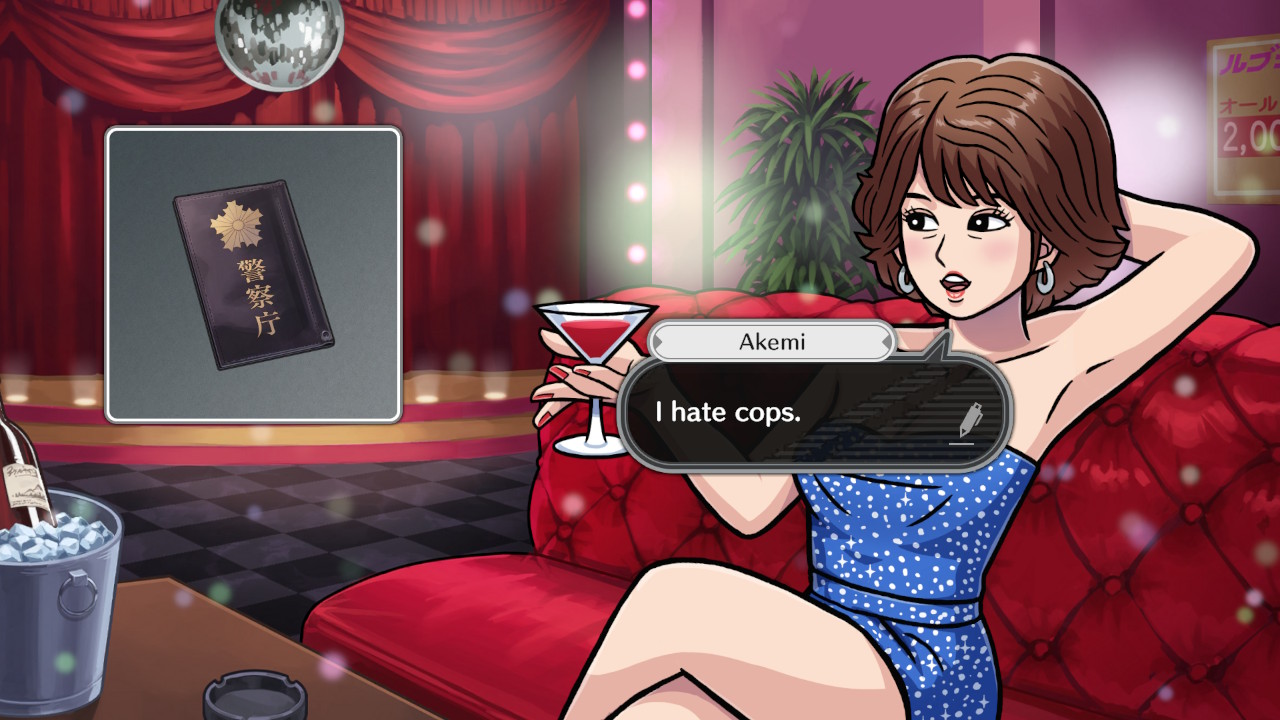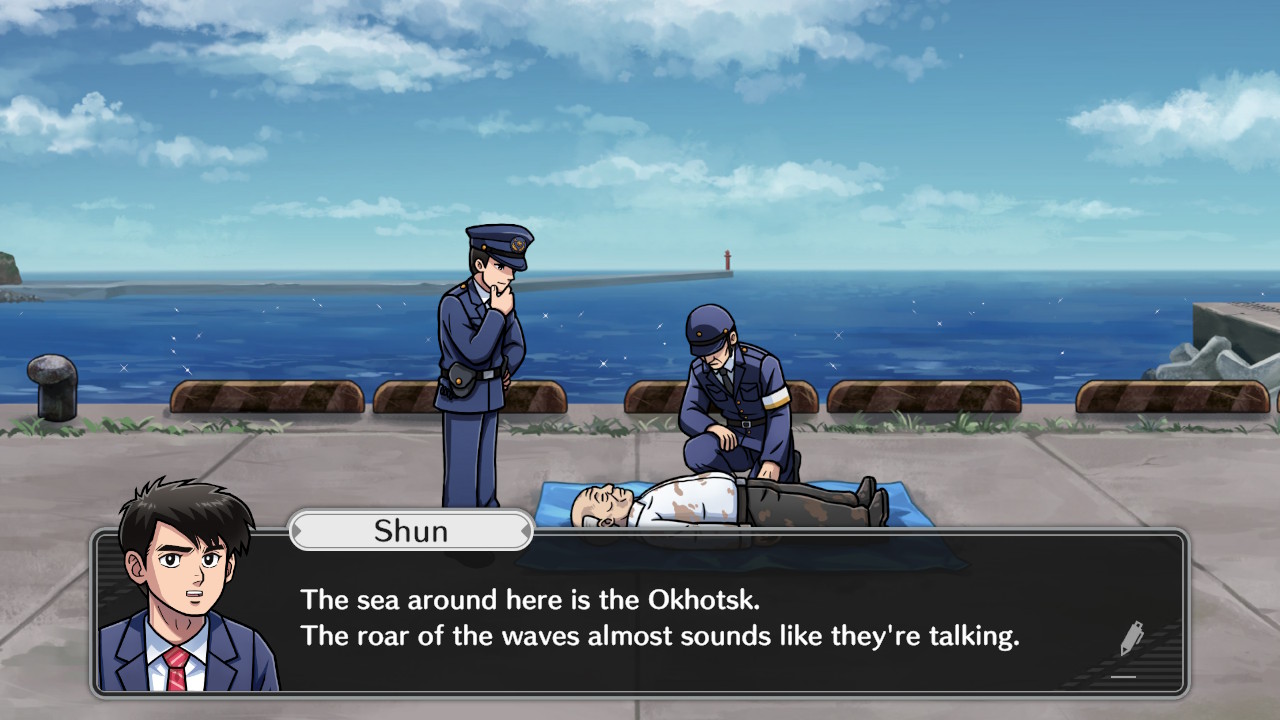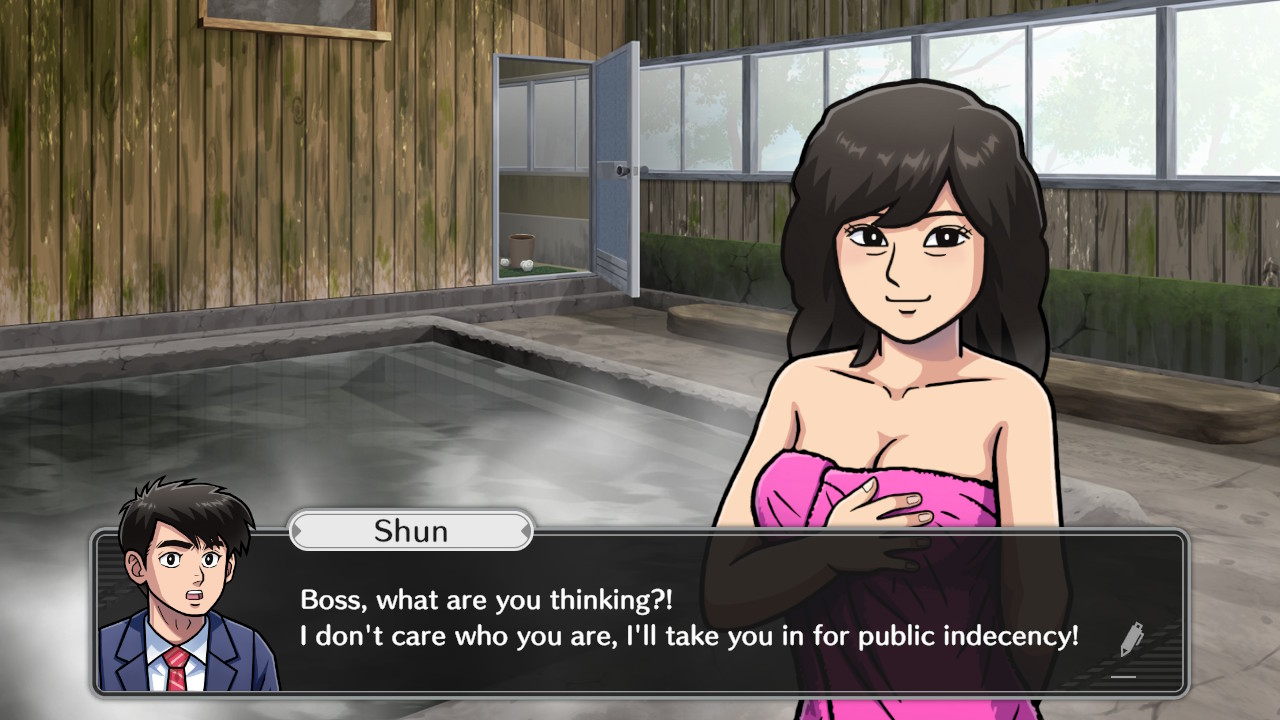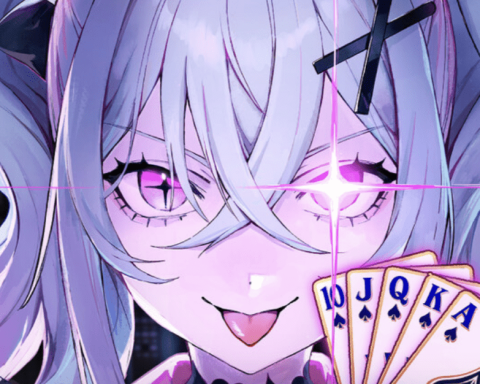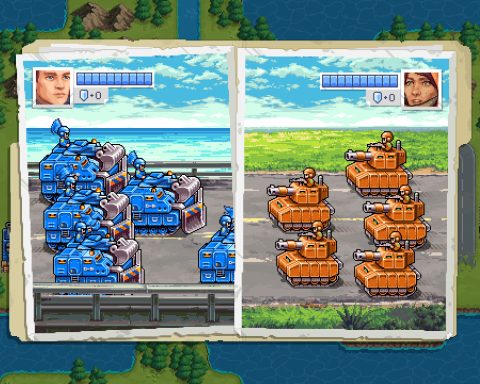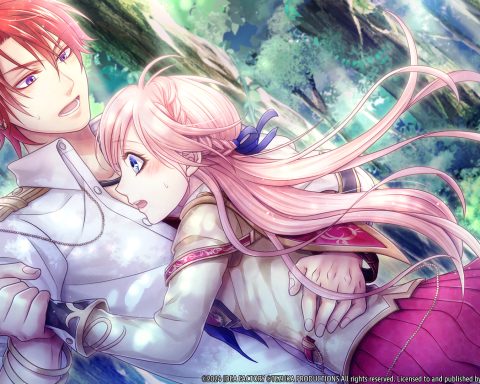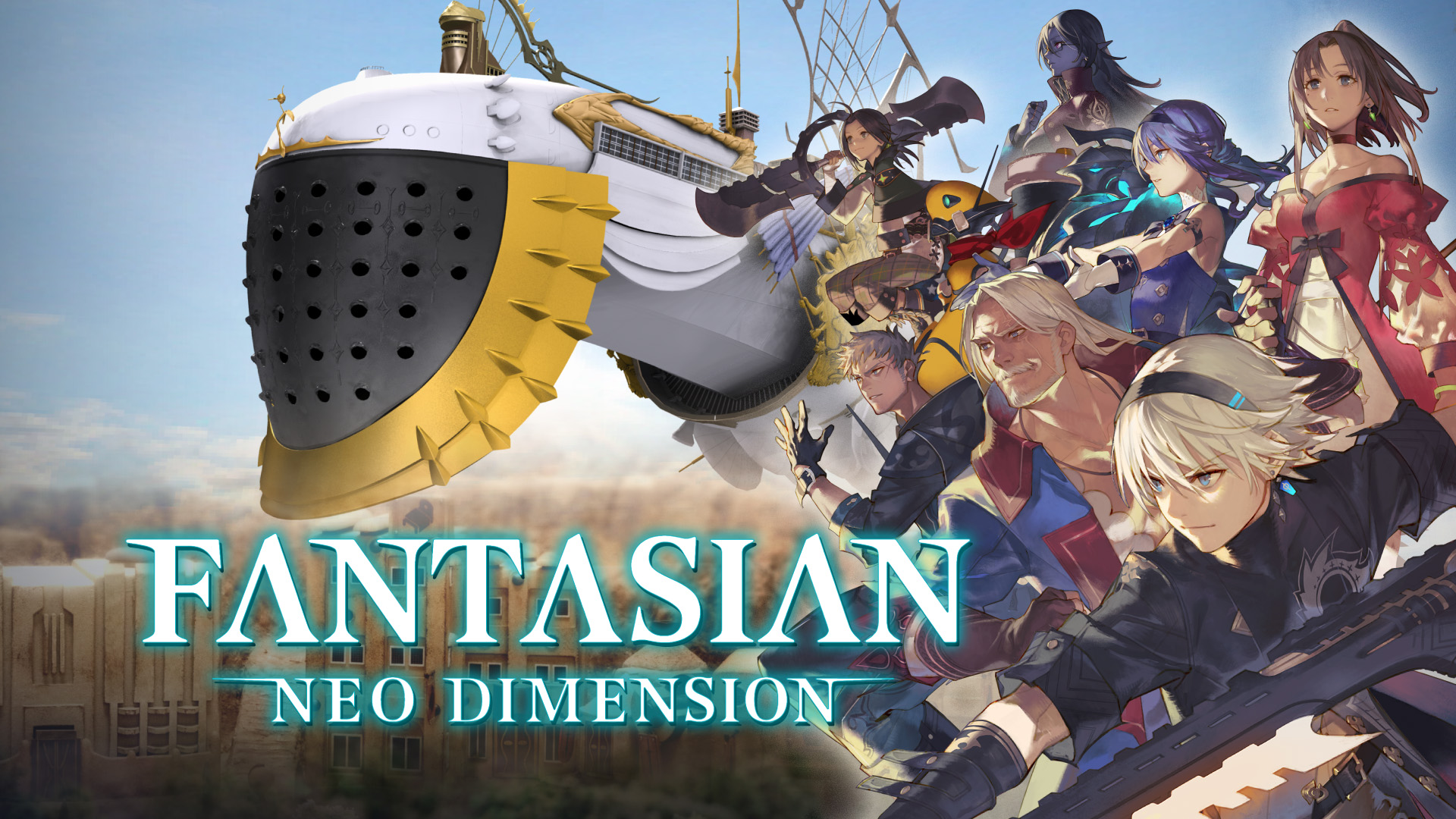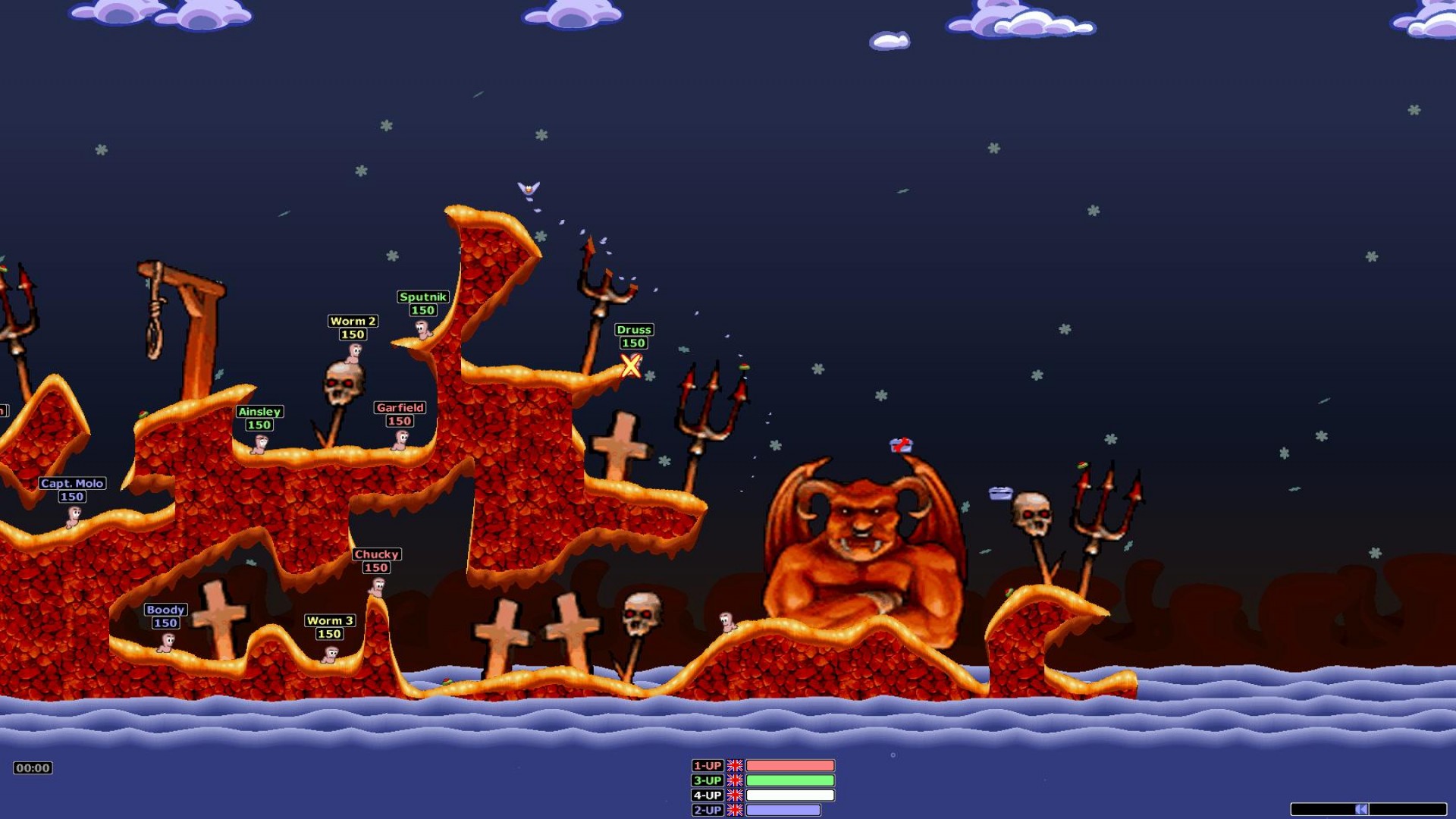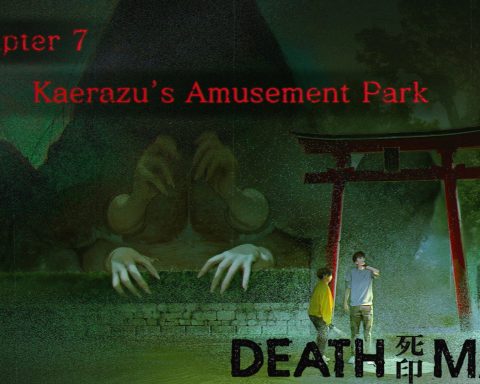The Western release of The Hokkaido Serial Murder Case: The Okhotsk Disappearance will probably be ignored by the majority of the occidental gaming world, and with no marketing at all aside from word-of-mouth advertising from video game diehards, I feel that’s a real shame. So I’ve come out of my proverbial rabbit hole to write about this game.
Originally released on Japanese PCs in 1984, The Hokkaido Serial Murder Case: The Okhotsk Disappearance is the second of a trilogy of mystery adventure games written by Yuji Horii. Developed before Dragon Quest, Yuji Horii had already obtained fame in the Japanese gaming world with his first mystery, The Portopia Serial Murder Case. Portopia received a port (heh) for the Famicom and so did Okhotsk years later, with the third mystery The Karuizawa Kidnapping Guide being the exception. Square Enix recently released a remake of Portopia, but it ended up being AI schlock. Thankfully the Okhotsk remake is not AI schlock: it remains faithful to the Famicom port, almost to a fault, but there is a fresh coat of paint and a bonus scenario to appreciate.
Set in 1987, The Hokkaido Serial Murder Case is exactly that: a serial murder case that chiefly takes place in Hokkaido, Japan. A corpse is discovered in Tokyo Bay and after some investigation, you learn that the victim was originally from Hokkaido. After flying to Hokkaido, you are introduced to your subordinate Shun, who acts as your liaison when it comes to interacting with the game’s world. Eventually, more bodies show up and it’s up to you and Shun to find out whodunnit while checking out the sights Hokkaido has to offer and maybe play some blackjack on the side.
Okhotsk is a classic Japanese adventure game, with 14 commands to choose from as you try to solve the case. It’s easy to pick up and play, and it will take brains to figure out the puzzles this game has to offer.
The game begins with a “this is a work of fiction” disclaimer along with a content warning that maintains that the game’s narrative remains unchanged and uncensored from the original release, meaning there will be some mild profanity, blood, violence, ribald humor and even nudity. (More on that later.)
Included in the Okhostk remake is a character guide that contains biographies and links the relationships of each character for easy reference along with a case map of Hokkaido with the locales you can visit in-game for a more educational insight of each area. There is also a picture puzzle that can be solved by pointing and clicking at random spots in almost each screen, with 40 pieces in all to discover throughout the game.
While it’s not as flashy as the Famicom Detective Club remakes, Okhotsk still has its charm. The artwork is clean and serviceable enough, with character designs by the original Famicom version illustrator Kiyokazu Arai, giving it that true retro feel. The backgrounds are detailed but not overly complicated, and the music is arranged from the original Famicom release, although I wish there was an option to toggle between the original and arranged BGM, like with the FDC remakes. Each line is fully voiced by a cast of Japanese voice actors, with the ending song sung by Shoko Nakagawa. (She also voices the fan-favorite character Megumi Nakayama.)
Playtime is dependent on how good your deduction skills are and how much you want to explore the game’s world, with faster players being able to clear the main scenario in a couple of hours. There is an additional scenario set in 2024 and your liaison this time is Shun’s daughter, Marina, as you two travel to Hokkaido and continue learning the mysteries of a wooden Nipopo doll with a teardrop carved under its eye that was pivotal in the original 1987 scenario. This new scenario was supervised by Yuji Horii and it almost doubles the length of the main game. I don’t want to spoil anything further, but the new scenario does allow the player to revisit familiar faces in a Reiwa-era Hokkaido and there’s even an homage to Dragon Quest near the end of the game.
I found the story compelling enough, especially considering it was an early example of the ADV genre, and it’s not surprising that Japanese gamers have held this title in high regard, although I wish the English localisation was handled more carefully: there are typographical errors and inconsistent terminology as I played through the game. And while this is subjective, I feel that most people will snub this game because the presentation is pretty basic, especially when compared to the recently released FDC title, Emio: The Smiling Man. It also doesn’t help that the asking price for Okhotsk is too high for a digital release: it’s $45 here in the US, just $5 less than Emio, which is a more “premium” title in most peoples’ eyes (myself included).
That said, The Hokkaido Serial Murder Case: The Okhotsk Disappearance is a game I would recommend any ADV fan to try out, but even with the Yuji Horii pedigree, it needed more TLC on the localisation and marketing for it to truly make waves outside of Japan.
PROTIP: If you ever find yourself in a hot spring, don’t throw in the towel; take it instead! And if that don’t work, just sit still and relax. After all, good things come to those who wait. Two minutes, to be exact. 😉


